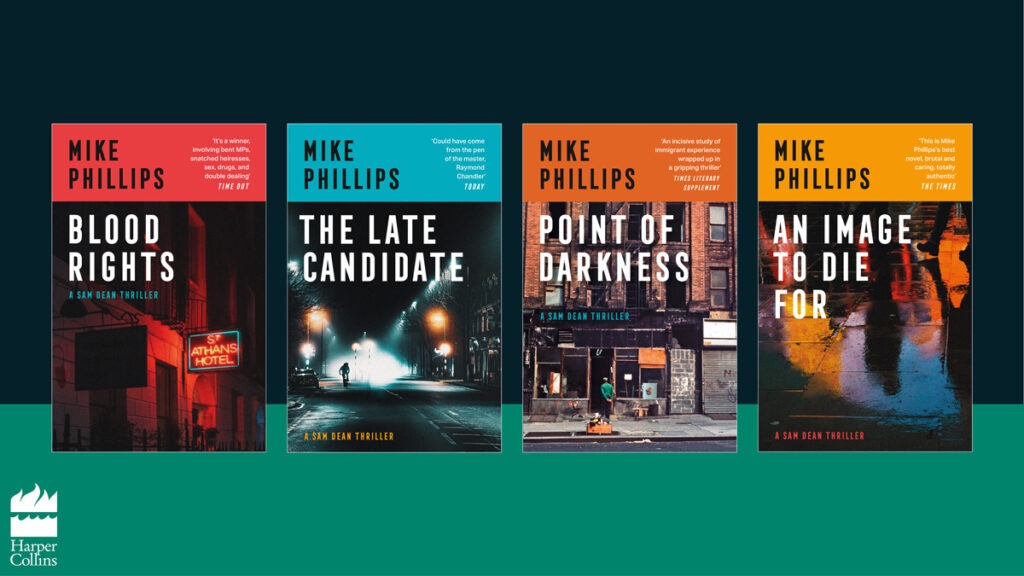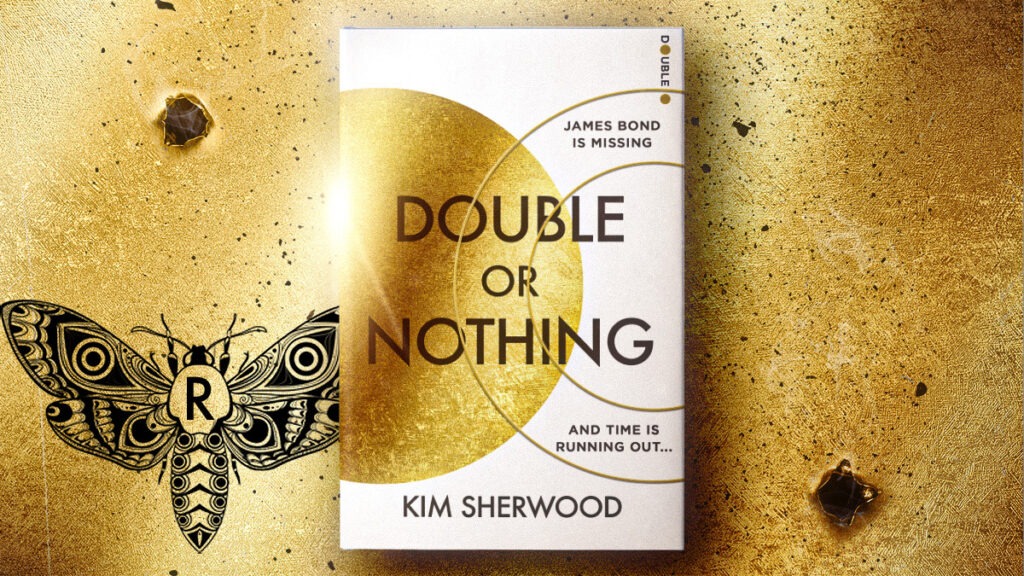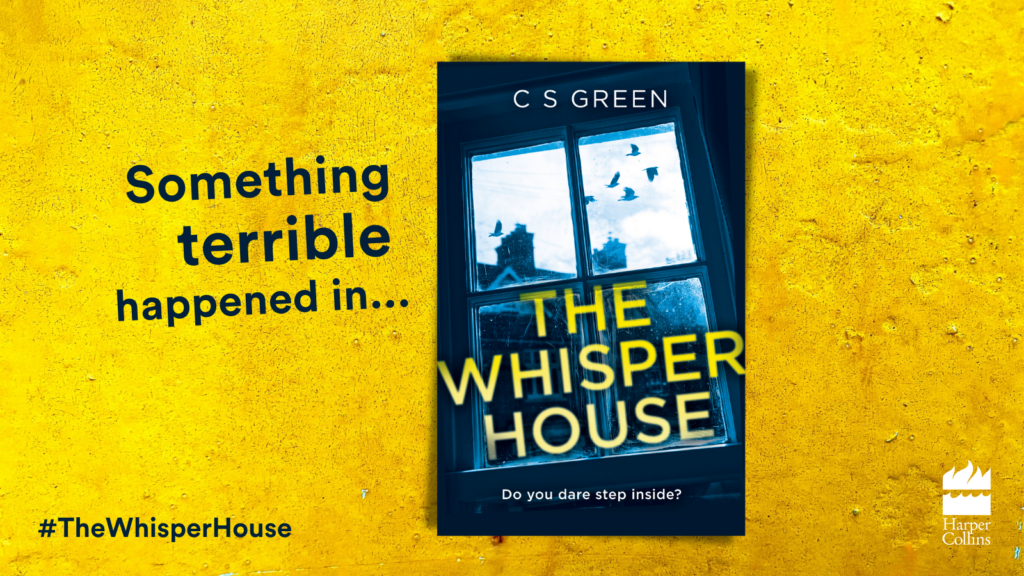To someone growing up in the West of Scotland in the 1970s and 80s, the words ‘Bible John’ had a special resonance. You might overhear your parents saying the name in guarded voices, or bigger kids in the playground discussing the murders, how three women got killed in the big bad city on the other side of the Fenwick Moor.
The Bible John murders took place in Glasgow in 1968 and 1969. There were three killings. In each case, the victim was picked up at the Barrowland Ballroom in the East End of the city, and then raped, strangled and dumped within a few hundred yards of her home. The three victims lived in different parts of the city: Battlefield on the South Side; out east in Bridgeton; Scotstoun in the West End.
There was no direct connection between the victims, though they did have much in common. They shared a physical type – petite and dark-haired. They all had young children. Two of them were separated or divorced from their husbands, and the third had a husband with the services in Germany. There was a queasy Presbyterian moralism in some of the commentary around these killings: what were these women doing out gallivanting when they had kiddies at home? As if there was some grim Calvinist karma at work in their deaths.
The killer was never caught, though the police knew a great deal about him, since the sister of the third victim spent an evening in his company. Bible John was tall, with fair or reddish hair worn unfashionably short. Well-spoken, he dressed in a brown, three-button suit with a chalkstripe and incongruous suede boots. He was scrupulously polite. He wore a regimental tie, a wristwatch with a thick leather strap. He had overlapping teeth. He ranted about ‘dens of iniquity’ and ‘women taken in adultery’. His cousin had recently scored a hole in one at golf.
The police blitzed these clues in the biggest investigation in the history of Scottish policing. They got nowhere. The man they sought had vanished, though he lived on as a legend, a bogey man, a ghost. I remember how the pictures of Bible John would surface from time to time in the Daily Record, like the sulky, blonde mugshot of Myra Hindley.
There was the identikit picture of a smart, half-smiling young man with thin lips and nice short hair, like a face on a Panini football sticker. And there was the quarter-profile artist’s impression of a man with kindly eyes and clean-shaven jaw, who looked like one of Mormons who sometimes came to our door in pairs.
Why was the Bible John case so resonant? Partly it was the fact that he was never caught. But it was also the idea that almost anyone could be Bible John. The guy standing next to you at the bar could be Bible John, the man who came to read your meter. This was also the period of large-scale redevelopment in Glasgow, when the slum tenements were coming down and people were being decanted to peripheral estates. In the tenements everyone knew everyone else. In the new schemes you had an indoor toilet and a washing machine but you didn’t know who your neighbor was. Your neighbour could be anyone. Your neighbour could be Bible John.
All this was part of the Bible John mythos, but what I remember most is just the name, how those two innocuous words chimed through my childhood. I was haunted by the name. How could a man with such a name be so bad? How could a name so blandly innocent carry such a charge of darkness?
When I got older and started writing crime novels I always knew I would come back to Bible John. Other people had written books that touched on the murders – notably Andrew O’Hagan in The Missing and Ian Rankin in Black and Blue – but I wanted to write a proper true-crime novel in the style of Gordon Burn or Eoin McNamee or David Peace.
I was conscious, however, that the children of the victims were still alive, and I felt uneasy about using their families’ suffering for a crime novel. My breakthrough came when I was pondering the trio of murders and realized that I could invent a fictional fourth killing and focus my story on that. In this way, I could draw on the cultural resonance of the first three murders without dwelling too pruriently on the details.
Then I thought: why stop there? Why not go further? Why not change the names of the victims, and even that of the killer? And so, Bible John became the Quaker. Anyone familiar with the history would recognise that the novel was based on the Bible John case, but I would be free to invent my own version of the story and solve the case in my own way. So that’s what I did. I also invented a cop, DI Duncan McCormack, whose own background – Highland, Catholic, gay – sets him at a tangent to many of his colleagues.
But there was one other ethical dilemma that confronted me. In my previous two novels, the murder victims were male. In this one, I had the familiar, problematical crime fiction scenario in which the passive, violated female body is avenged by the active agency of the male detective.
To some extent, this was enforced by the nature of the real-life material, but it still made me uncomfortable. So I did what Alice Sebold does in The Lovely Bones, Rosetta Allan in Purgatory, and Scott Blackwood in See How Small: I introduced the perspective of the murdered women. Each of the Quaker’s victims narrates a chapter of the novel.
The Quaker is the story I’ve wanted to write since I was a boy growing up in Ayrshire; I hope you enjoy reading it.
-Liam McIlvanney
The Quaker is out now in paperback.




